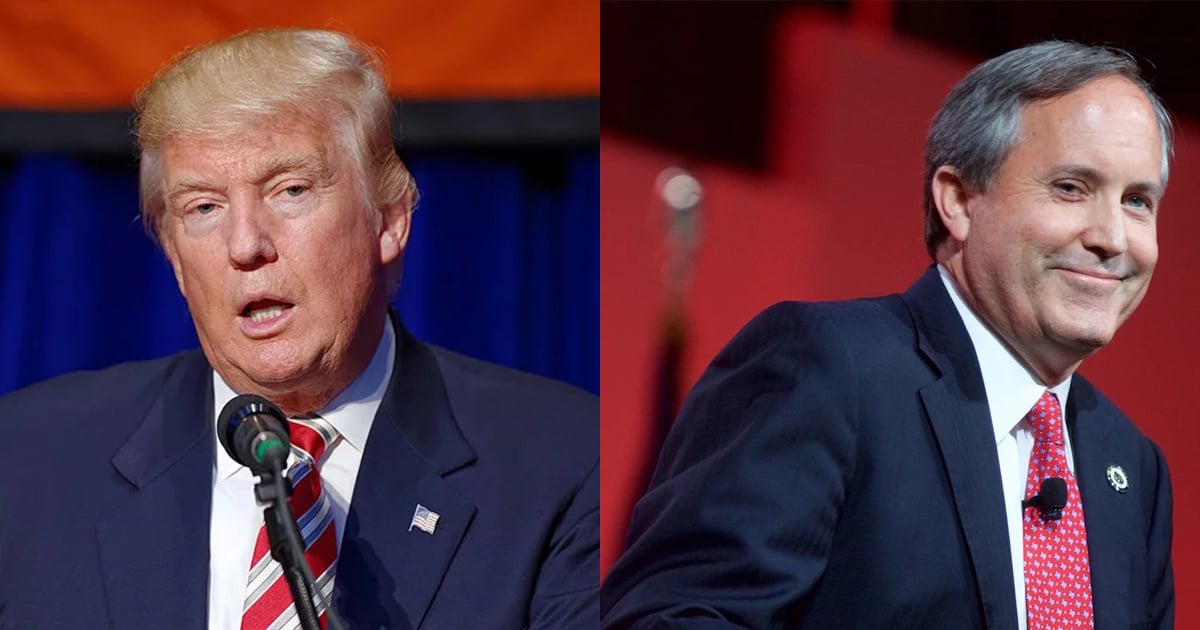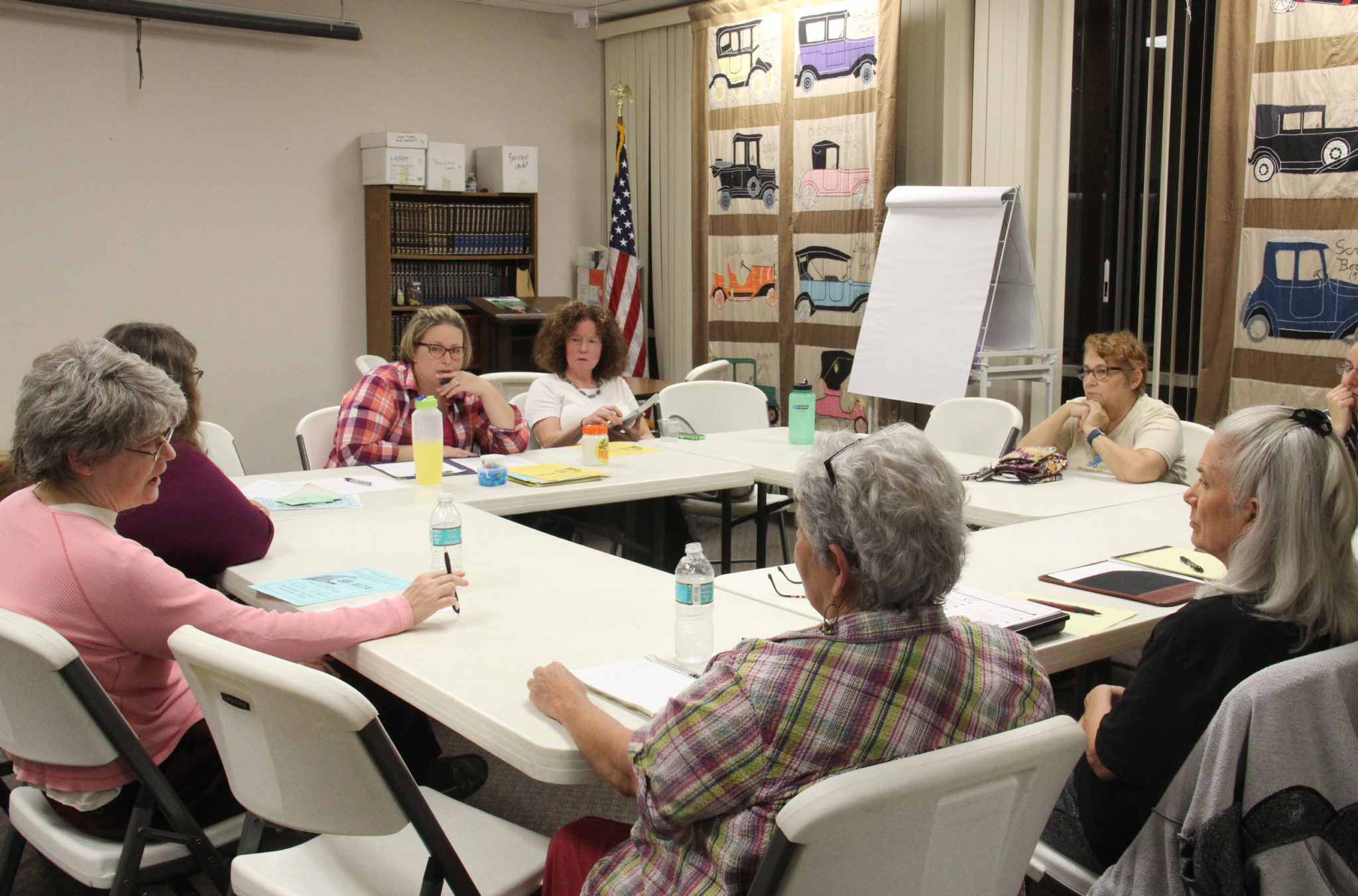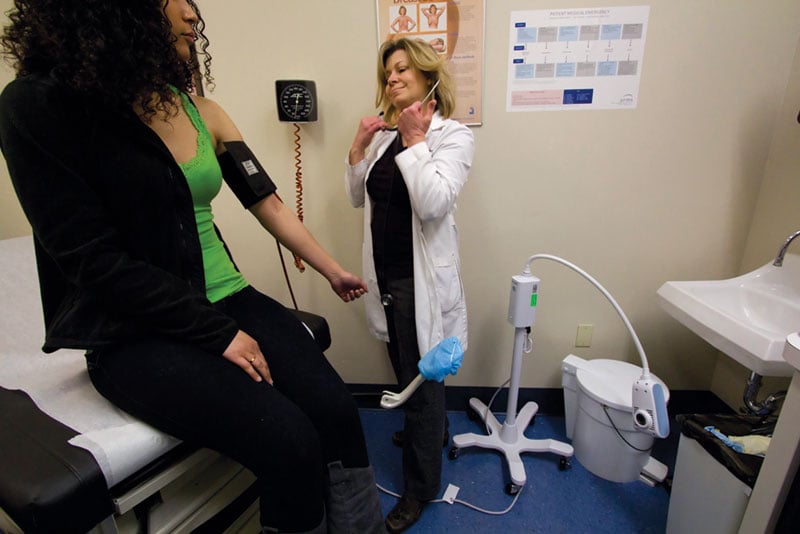
Trump’s Sabotage of ACA Enrollment Is Particularly Dangerous in Texas
The attacks on enrollment outreach come as Texas’ uninsured rate increased last year to more than 17 percent — the highest since 2014.

On a dreary day in late September, Ana Maria Garza Cortez stood in front of a hotel conference room full of worn-out community health workers in San Antonio, trying to get them revved up about Obamacare. Open enrollment through the Affordable Care Act exchanges runs from November 1 through December 15 in Texas — leaving little time to get the word out. “We are not here for some luxurious job,” Cortez laughed, urging everyone to “be creative” with their budgets, extend their hours into evenings and weekends, find partners in the community and vote. “We are a necessity,” she said. Then she started crying.
Enrollment advocates like Cortez, a leader of Enroll SA, a coalition of health care groups that promotes sign-ups through the ACA, can be forgiven for feeling a little forlorn these days. Already stretched thin, community health workers are facing countless obstacles, thanks to President Trump’s efforts to sabotage the 2010 law. The Trump administration has slashed marketing dollars, scheduled maintenance of the ACA website during peak hours and shortened the enrollment period.
Just a week before the San Antonio conference, the White House announced dramatically reduced federal grants for the navigator program, which provides ACA enrollment assistance. Navigator funding in Texas dropped from more than $9 million in 2016 to less than $1.4 million this year. Nationwide, it’s declined by more than 80 percent since Trump took office. The new cuts forced some navigators who’d planned to attend the conference to drop out at the last minute.
Many large Texas cities will be left without dedicated federally funded navigator programs for the first time, including Austin, Dallas, San Antonio, Fort Worth and Corpus Christi.
To the nearly 200 from across Texas who showed up, Cortez stressed the life-changing potential of their work. “A grandmother is still able to go to her grandchild’s soccer game, because of you. A family is kept out of bankruptcy and gets to keep their home, because of you,” Cortez said. “Don’t lose hope.”
The attacks on enrollment outreach come as Texas’ uninsured rate, already the country’s highest, increased last year to more than 17 percent — the highest since 2014. About 300,000 more Texans were uninsured in 2017 than the year before.
In 2017, the Trump administration awarded navigator funding to nine organizations in Texas. This year, just two got funding: Change Happens, in Houston, and MHP Salud, in Weslaco in the Rio Grande Valley.
“It’s going to be difficult to service a large area with a small amount of staff,” said Jeness Sherrell, who runs the navigator program at Change Happens. “We’re going to have to be a little more creative.” The Trump administration tasked the group with serving a bigger swath of the state than it did last year, despite receiving a smaller grant. As a result, Change Happens will have to offer less in-person assistance, Sherrell said.
Many large Texas cities will be left without dedicated federally funded navigator programs for the first time, including Austin, Dallas, San Antonio, Fort Worth and Corpus Christi. In rural areas, internet access can be limited, and there may be no community health centers or other organizations to help people enroll.
In San Antonio, Cortez ended her speech with a rallying cry. “Get angry. Get ready. Get working,” she said, bringing the audience to its feet. “¡Sí se puede, sí se puede! Yes you can.”



